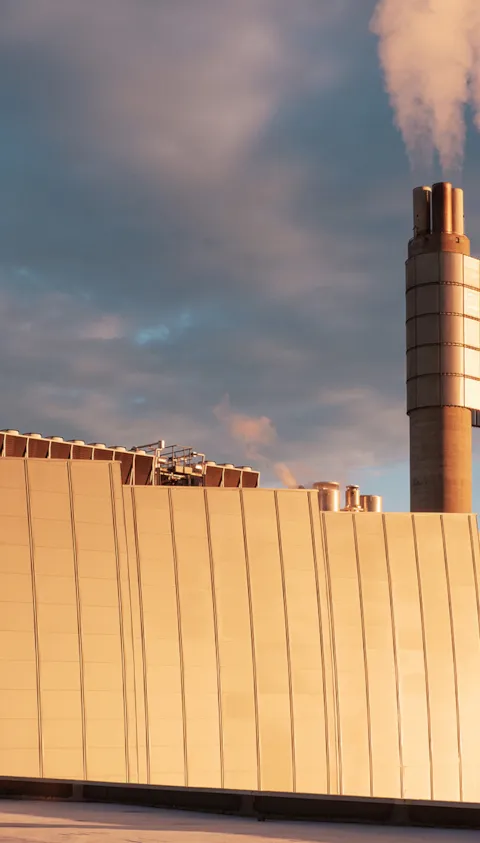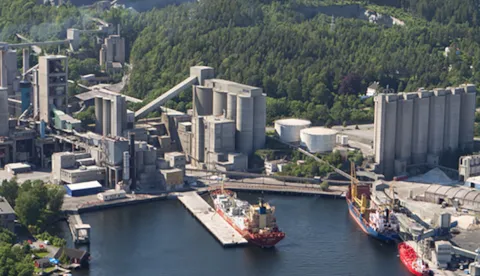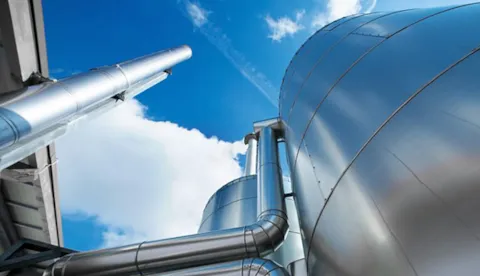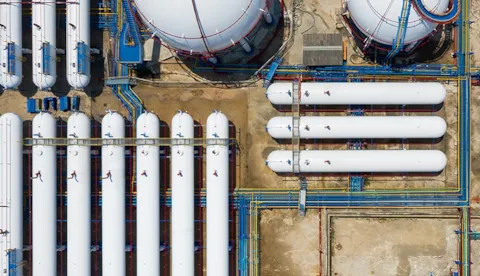

The first part of any large-scale CCS project is capturing CO2 from an industrial facility or from the atmosphere. Mature CO2 capture technology exists for many industries, and in recent years the focus has moved beyond CCS from gas processing or fossil fuel power generation to include hard-to-abate industries such as cement, steel, refining, hydrogen, and ammonia.
Pressure is mounting on these sectors to deeply decarbonize, and CCS is set to play a crucial role in their transition to net zero. Due to the costs and infrastructure required, CO2 capture projects focus on sources of significant emissions. Many of these industrial facilities have multi-decade lifecycles, meaning that CO2 capture needs to be retrofitted.
Key challenges relating to CO2 capture include:
- Introducing new technologies and enhancements to increase efficiency and reduce cost
- Scaling up deployment
- Mitigating the risk of accidental discharge and dispersion of concentrated CO2
- Safely handling solvents used during CO2 capture.
DNV ensures the safe, cost-efficient scale-up of CO2 capture technologies
Key services:
- Feasibility support
- Introduction of new technologies
- Technology reviews and benchmarking
- Up-scaling risk assessments
- HSE risk assessments
- Mitigating accidental release and dispersion
- Computational fluid dynamics (CFD) modelling of CO2 leaks and dispersion.
RECOMMENDED PRACTICES, GUIDELINES, PRODUCTS
DNV is the leader in the development of CCS recommended practices, guidelines and international standards.
PROJECTS

Qualification of carbon capture technology
OUR RESEARCH AND SERVICES


